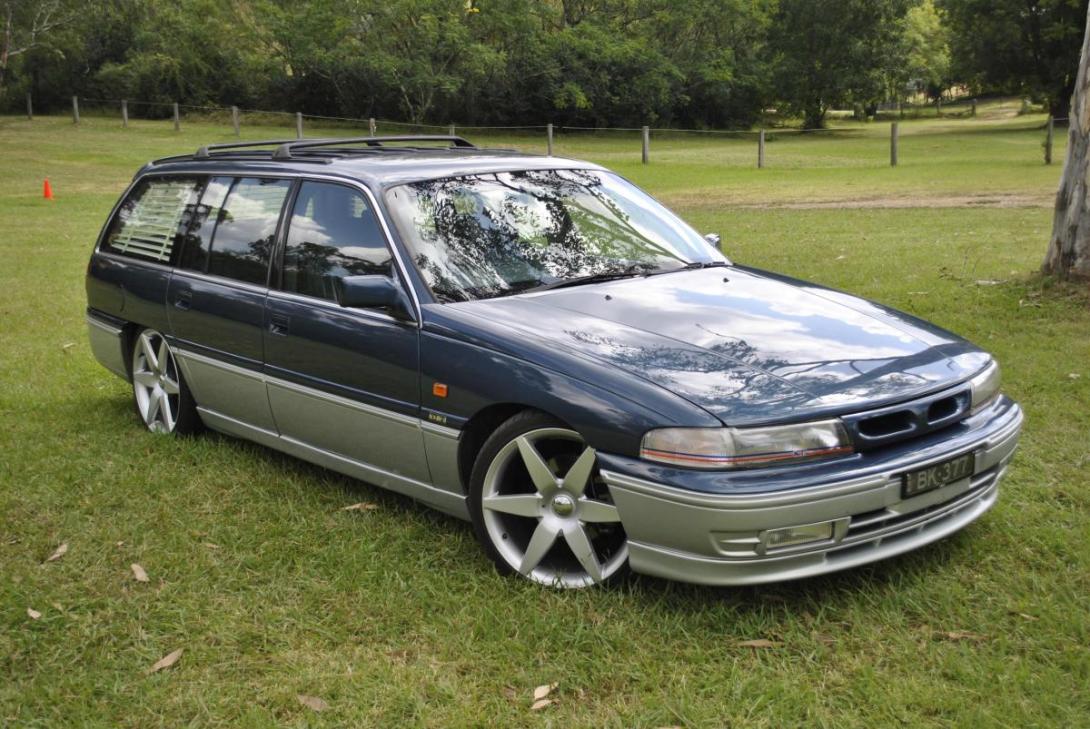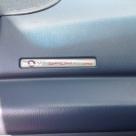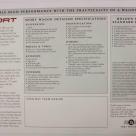1993 Holden (HSV) VP Sport Wagon
Specifications
Paint color code
Blue on Silver (Codes TBC)
Trim colour and material
Blue leather
Mileage
Unknown
Transmission
Automatic (column shift)
Engine Type
8 cylinder
Vehicle location
Australia , NSW , Sydney
An ultra-rare VP GTS 'Sports Wagon. This car is #43 of only 43 sports wagons produced. These cars were fitted with HSV's enhanced 5.0l powerplant, and this particular car is fitted with a manual transmission. The Sports Wagons were individually numbered with a plaque on the dashboard, and an ID plate in the engine bay. More details and images of this particular car are coming soon!
We're hoping to add as many as we can find to Classic Register - please sign up and add your car if you're lucky enough to own one.
You are about to contact the author of this vehicle.
Be aware this vehicle has currently not been listed for sale!
So refrain from price bidding.







